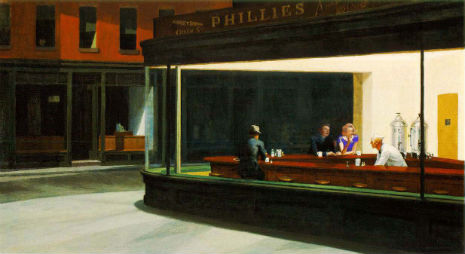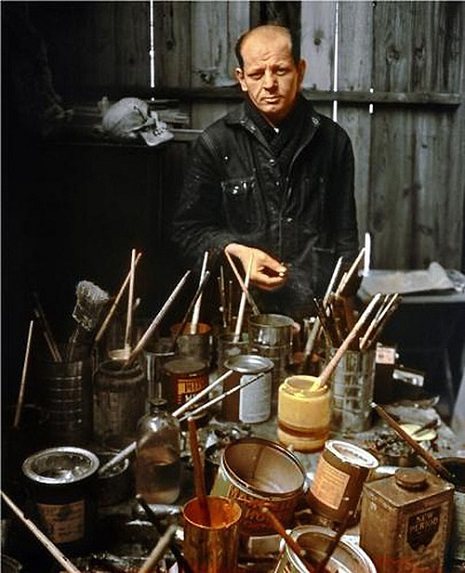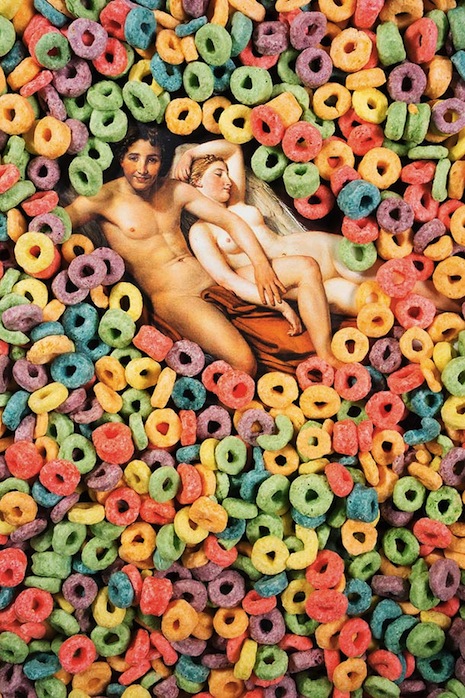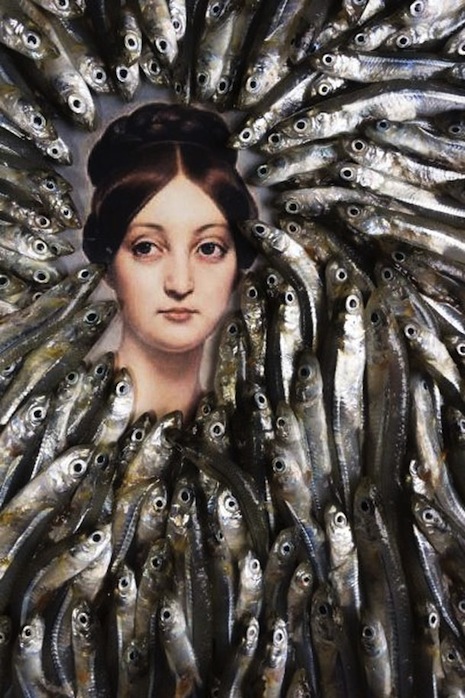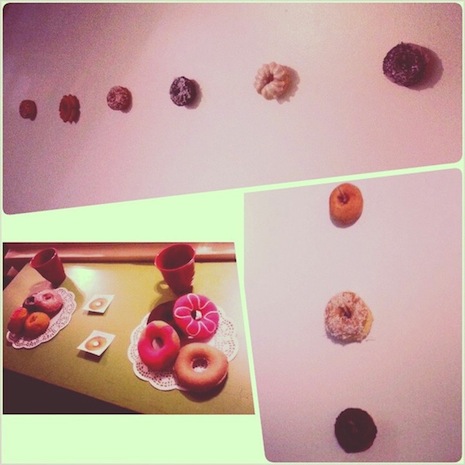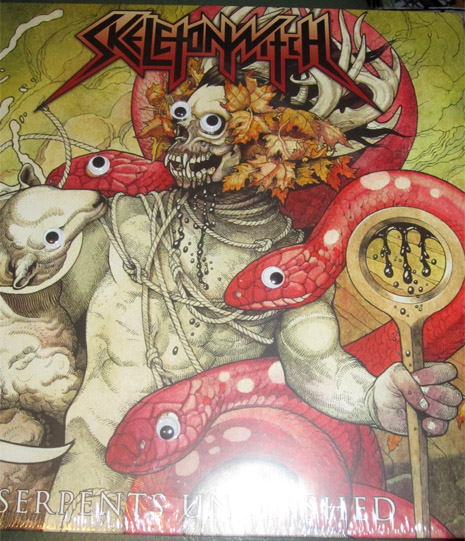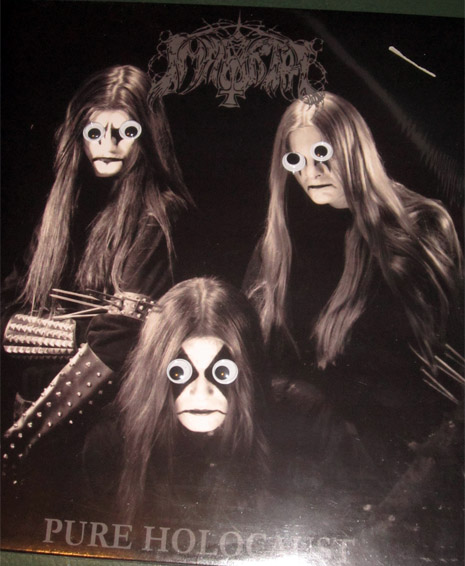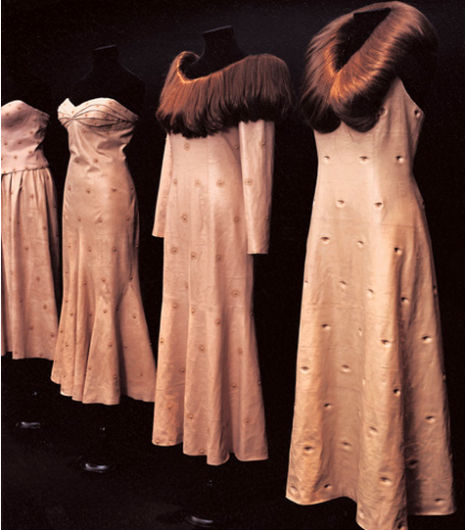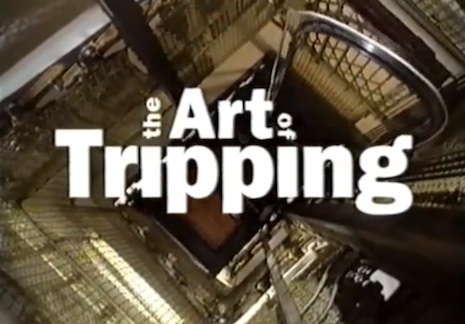
The title of The Art of Tripping, a documentary about the visionary uses of narcotics that aired on Channel 4 in the UK in 1993, has a slippery double meaning. The surface notion is the idea of a guide to tripping well, of tripping with style, but that’s not what it refers to. More literally, the documentary addresses the artistic uses of drugs, art produced by tripping.
“Devised and directed” by Storm Thorgerson, well known as one of the members of the legendary Hipgnosis artistic team, The Art of Tripping is a satisfyingly intelligent narrative that brings the viewer through two centuries of the effects of mind-altering substances on highly creative minds. Hail Britannia: I’m trying to imagine CBS coming up with a program like this, without success. Even PBS wouldn’t likely go out of its way to praise the salutary uses of mescaline, although I’d be delighted to be proven wrong on that point. The narrator is Bernard Hill, who does an excellent job of imitating a certain kind of louche academic type who might plausibly have created the documentary you’re watching (even though he didn’t).
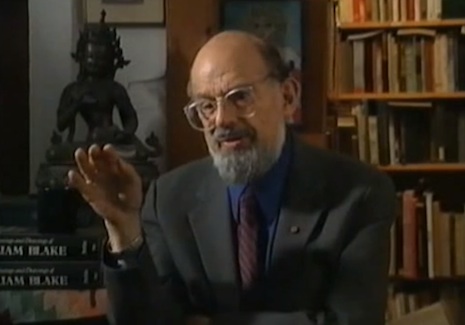
Allen Ginsberg
The documentary takes you from the days of Coleridge more than 200 years ago up through De Quincey, Rimbaud, Modigliani, and Picasso before getting to the golden age of chemically enhanced literature and painting following World War II. Be warned: this is a high-minded documentary, and the focus is entirely on authors and painters. You won’t hear anything about Jimi Hendrix here. The doc has a highbrow bias but is no less witty for that: many interviews are digitally fucked-with in appropriate ways, including a Picasso expert whose bit is presented in a cubist style and a commentator on LSD whose outline is briefly replaced with footage of an underwater vista, and so forth. In the familiar effort to make sure everything stays amiably “visual,” there’s also a metaphor in which the narrator ascends a creaky elevator to the rooftop of a building—the resolution of that metaphor could not be more cheesy or perfunctory.
Most notable for the purposes of DM is its lengthy succession of prominent talking heads, from Allen Ginsberg and J.G. Ballard to Hubert Selby Jr. and Paul Bowles. Where such personages were unavailable for reasons of death, Hill “interviews” De Quincey, Edgar Allan Poe, Anaïs Nin, Andy Warhol, and a few others who are embodied by actors who quote diaries and other literary works in order to “answer” the questions.

Paul Bowles
All of the great druggie classics of the postwar era are explored. Allen Ginsberg reads some bits of “Laughing Gas” from Kaddish and Other Poems, while Paul Bowles discusses the practice of ingesting kif in Tangier and reads a druggy bit from his book Let It Come Down. J.G. Ballard calls Naked Lunch “a comic masterpiece … a kind of apocalyptic view of the postwar world.” Amusingly, Ballard later says that “taking LSD was probably one of the biggest mistakes I’ve ever made in my life.” Of course, a few years after this documentary aired, Ballard wrote Cocaine Nights, which would obviously have fit this show to a T.

J.G. Ballard
The show is chronological, so if you’re looking for Aldous Huxley or Ken Kesey or Jay McInerney, it won’t be too hard to find. My favorite bit comes towards the very end, when Lawrence Sutin, author of Divine Invasions: A Life of Philip K. Dick, describes Dick’s disturbingly high intake of amphetamines:
At his peak, in the late ‘60s/early ‘70s, by his own testimony he was taking a thousand amphetamines a week. White crosses and whatever speed, street drugs he was taking. The testimony of the roommate who I interviewed was that he would go to the refrigerator, in which was a large jar of white crosses, and simpy dip his hand in, take a handful, and swallow them, so if you ask how he fared with all this, the answer was: badly.
via {feuilleton}
Posted by Martin Schneider
|
01.29.2014
02:49 pm
|

